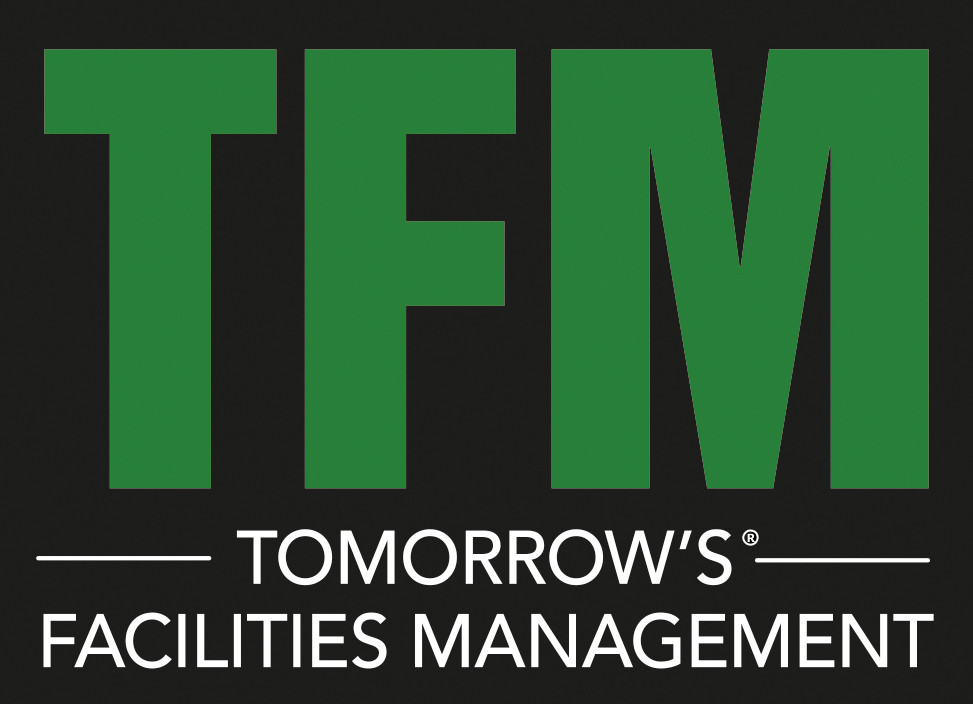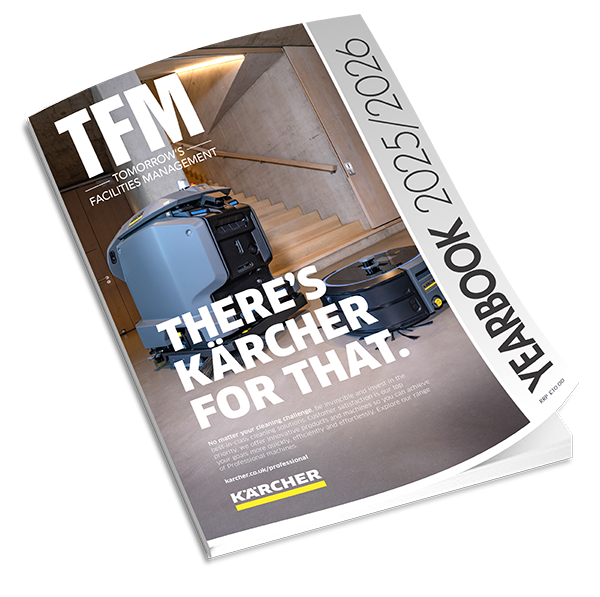Main Information
You are here
- Home
- >
- 14Forty
Bespoke and Seamless
.png)
Published on 05/05/2014
James Wood, Strategic Solutions Director at 14forty , discusses the shift from task-orientated to a solution-centric approach in FM.
When shopping for clothes, it’s common for most of us to pick out items one-at-a-time, picking out a jacket or a pair of trousers which fits and looks about right from the shelves of an apartment store or boutique. It’s similar when organisations come to outsource their facilities management. Often they will look at each area, security, cleaning etc… and pick a solution which looks and feels satisfactory. The problem with this off-the-peg, task-orientated process is that the solution provided doesn’t usually adapt to the needs of the customer. At least someone going clothes shopping has an array of different solutions to choose from and can try on a few within the space of a few minutes; FM contracts take months to prepare and run for years so there is much less scope for trying before you buy and companies may get lucky or could be stuck with an ill-fitting solution for a long time.
It may be a less common way of shopping these days, but bespoke tailoring is still recognised as the best way of ensuring that your clothes fit. It’s a consultation process: “I like this bit but it’s too baggy here . . . the look that I’m trying to achieve is more formal” and so on. It looks at the whole package of what a customer needs and they are trying to achieve. If a bespoke suit is meant to impress a particular employer at a job interview, someone might even discuss how they want to come across and what cloth and suit would work best. So it goes with FM, where leading providers are thinking more and more about how to match their solutions to what a business needs.
I recently spoke to a company who stated that one of their critical business aims was to improve their employee proposition and to be acknowledged as an employer of choice. What does that mean for the FM provider? Well the quality of services provided will need to be of a very high standard; the cleaning schedule might need to be set at a high tempo, more would need to be spent on food and the FM managers in individual locations would need to be carefully selected as people who can come up with innovative ideas to reinforce the message of superior service.
Another CEO we work with is set firmly on growth - increasing revenue by 20% over the next five years - so tailoring the FM offering to suit this rapid expansion is key. Facilities management must support the movement or increase of the customer’s staff to maintain business delivery without interruption to their core operations. This is where the deep experience of facilities managers from providers like 14forty can really make a difference; having been through such reorganisations before, they understand how to deliver a service which matches the new environment and remains consistent across the client estate and within budget.
Whilst acknowledging the potential pitfalls of a major estate change, the process should be viewed not as a burden, but as an opportunity for innovation, perhaps where previous attempts to do things a better way were stymied by the physical constrains of a building. Experience will help the facilities manager advise on the art of the possible and this pragmatism must be teamed with a flexible approach to accommodate a customer’s own ideas and the imagination to come up with alternative solutions when some suggestions prove unworkable. Above all, the trust that the facilities management team can and will handle the details of a move should enable the business to focus on the overall project objectives that the development is intended to support.
When an organisation is wrestling with facilities challenges it is easier for them to deal with a single point of contact than with a number of managers for single services; there is only one person to go to for solutions and that person can make decisions based on an overview of how one service line impacts on another. It’s also more cost-effective to have one manager in charge and cost is an important driver for many businesses, as they struggle to remain profitable in the age of austerity.
Of course this kind of integrated solution doesn’t suit everyone and it makes sense to have a single-service option alongside a bundled solution; the key is to be able to scale and adapt to suit the individual business requirement, which might vary from site to site. When approaching a prospective client, an FM provider must first listen to what the customer’s requirements are and then tailor their solution accordingly. Like a tailor, one has to start somewhere, so using years of experience in facilities, the prospective FM provider should devise a suite of options and a bespoke solution can then be built around the customer. Through a continuous process of communication, the FM provider can ensure that they adjust and scale their offering to fit their customer’s changing needs and so provide the basis for a seamless and long-term relationship.
When shopping for clothes, it’s common for most of us to pick out items one-at-a-time, picking out a jacket or a pair of trousers which fits and looks about right from the shelves of an apartment store or boutique. It’s similar when organisations come to outsource their facilities management. Often they will look at each area, security, cleaning etc… and pick a solution which looks and feels satisfactory. The problem with this off-the-peg, task-orientated process is that the solution provided doesn’t usually adapt to the needs of the customer. At least someone going clothes shopping has an array of different solutions to choose from and can try on a few within the space of a few minutes; FM contracts take months to prepare and run for years so there is much less scope for trying before you buy and companies may get lucky or could be stuck with an ill-fitting solution for a long time.
It may be a less common way of shopping these days, but bespoke tailoring is still recognised as the best way of ensuring that your clothes fit. It’s a consultation process: “I like this bit but it’s too baggy here . . . the look that I’m trying to achieve is more formal” and so on. It looks at the whole package of what a customer needs and they are trying to achieve. If a bespoke suit is meant to impress a particular employer at a job interview, someone might even discuss how they want to come across and what cloth and suit would work best. So it goes with FM, where leading providers are thinking more and more about how to match their solutions to what a business needs.
I recently spoke to a company who stated that one of their critical business aims was to improve their employee proposition and to be acknowledged as an employer of choice. What does that mean for the FM provider? Well the quality of services provided will need to be of a very high standard; the cleaning schedule might need to be set at a high tempo, more would need to be spent on food and the FM managers in individual locations would need to be carefully selected as people who can come up with innovative ideas to reinforce the message of superior service.
Another CEO we work with is set firmly on growth - increasing revenue by 20% over the next five years - so tailoring the FM offering to suit this rapid expansion is key. Facilities management must support the movement or increase of the customer’s staff to maintain business delivery without interruption to their core operations. This is where the deep experience of facilities managers from providers like 14forty can really make a difference; having been through such reorganisations before, they understand how to deliver a service which matches the new environment and remains consistent across the client estate and within budget.
Whilst acknowledging the potential pitfalls of a major estate change, the process should be viewed not as a burden, but as an opportunity for innovation, perhaps where previous attempts to do things a better way were stymied by the physical constrains of a building. Experience will help the facilities manager advise on the art of the possible and this pragmatism must be teamed with a flexible approach to accommodate a customer’s own ideas and the imagination to come up with alternative solutions when some suggestions prove unworkable. Above all, the trust that the facilities management team can and will handle the details of a move should enable the business to focus on the overall project objectives that the development is intended to support.
When an organisation is wrestling with facilities challenges it is easier for them to deal with a single point of contact than with a number of managers for single services; there is only one person to go to for solutions and that person can make decisions based on an overview of how one service line impacts on another. It’s also more cost-effective to have one manager in charge and cost is an important driver for many businesses, as they struggle to remain profitable in the age of austerity.
Of course this kind of integrated solution doesn’t suit everyone and it makes sense to have a single-service option alongside a bundled solution; the key is to be able to scale and adapt to suit the individual business requirement, which might vary from site to site. When approaching a prospective client, an FM provider must first listen to what the customer’s requirements are and then tailor their solution accordingly. Like a tailor, one has to start somewhere, so using years of experience in facilities, the prospective FM provider should devise a suite of options and a bespoke solution can then be built around the customer. Through a continuous process of communication, the FM provider can ensure that they adjust and scale their offering to fit their customer’s changing needs and so provide the basis for a seamless and long-term relationship.
Categories
- ACQUISITION
- AIR CONDITIONING
- APPRENTICESHIP
- AWARD
- BIM
- BUSINESS
- CATERING
- CAFM
- CHARITY
- CLEANING
- COMMUNICATION
- CONSTRUCTION
- CONTRACT NEWS
- COUNCIL
- DATA MANAGEMENT
- DESIGN & INTERIORS
- DEVELOPMENT
- DISASTER RECOVERY
- DOCUMENT MANAGEMENT
- DRINK
- EDUCATION
- EFFICIENCY
- ELECTRICAL
- ENERGY MANAGEMENT
- ENTERPRISE
- EVENTS
- FACILITIES MANAGEMENT
- FINANCE
- FIRE SAFETY
- FLOORING
- FACILITIES MANAGEMENT NEWS
- FOOD
- FRONT OF HOUSE
- GROUNDS MAINTENANCE
- HEALTH AND SAFETY
- HEALTHCARE & HOSPITALS
- HOSPITALITY
- HOTELS
- HR
- HVAC
- INDUSTRY COMMENT
- INTEGRATION
- IT
- IWFM
- LANDSCAPE MAINTENANCE
- LEISURE
- LIGHTING
- LOGISTICS
- MAINTENANCE
- MECHANICAL
- PARTNERSHIP
- PEST CONTROL
- POWER
- PR
- PRODUCTS & SERVICES
- PROJECT MANAGEMENT
- PROPERTY
- QUALIFICATION
- RECYCLING
- REFURBISHMENT
- REGULATION
- RETAIL
- SECURITY
- SOCIAL HOUSING
- SUMMER MAINTENANCE
- SUSTAINABILITY
- TECHNOLOGY
- TENDERS
- TOTAL FACILITIES MANAGEMENT (TFM)
- TRANSPORT
- WASHROOM
- WASTE MANAGEMENT
- WELLBEING
- WINTER MAINTENANCE
- WORKPLACE
































